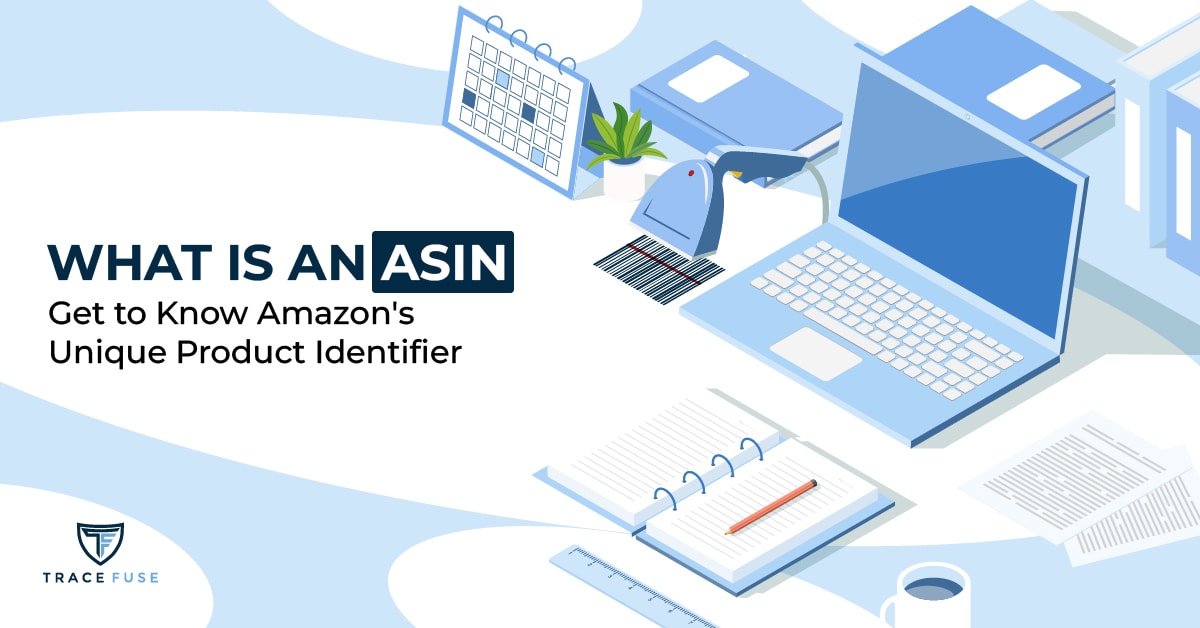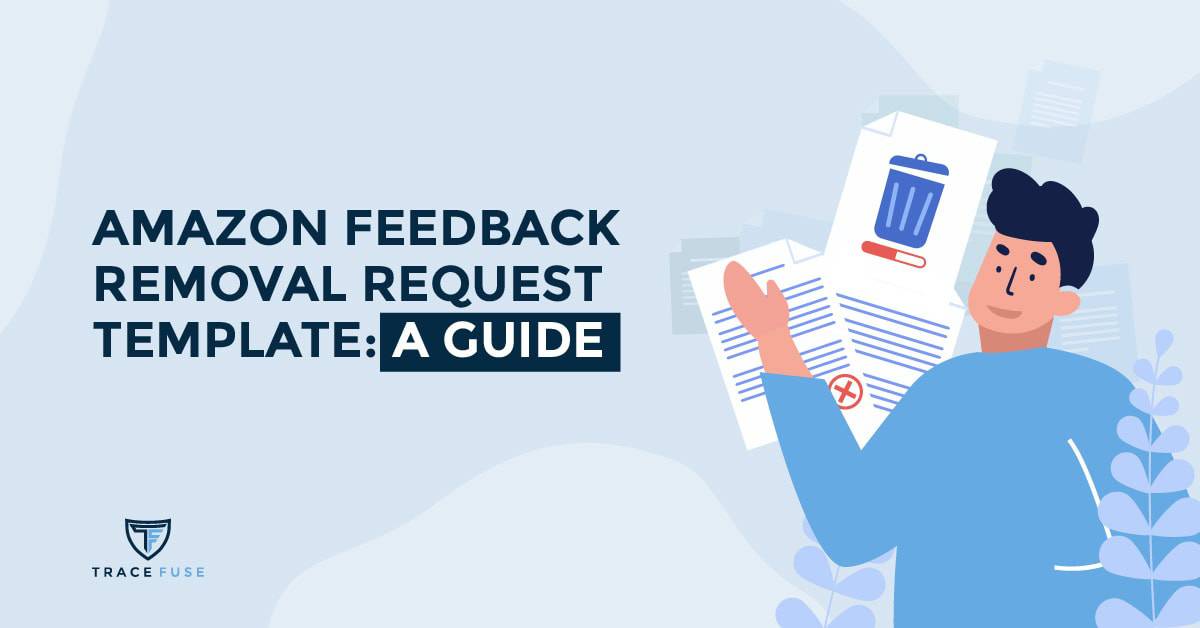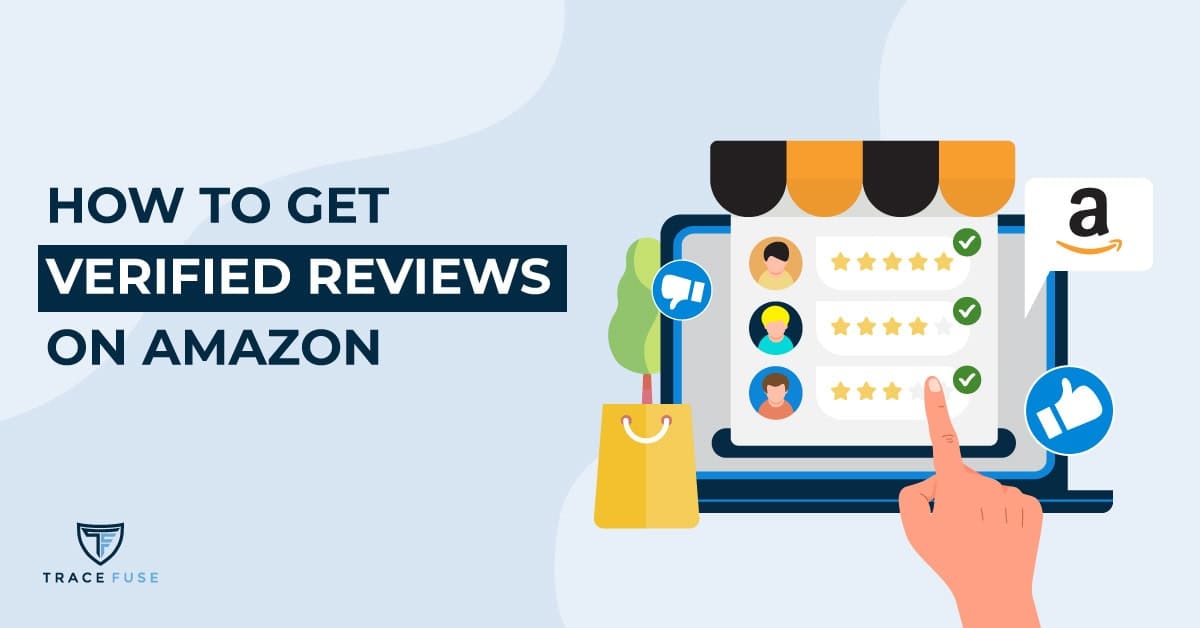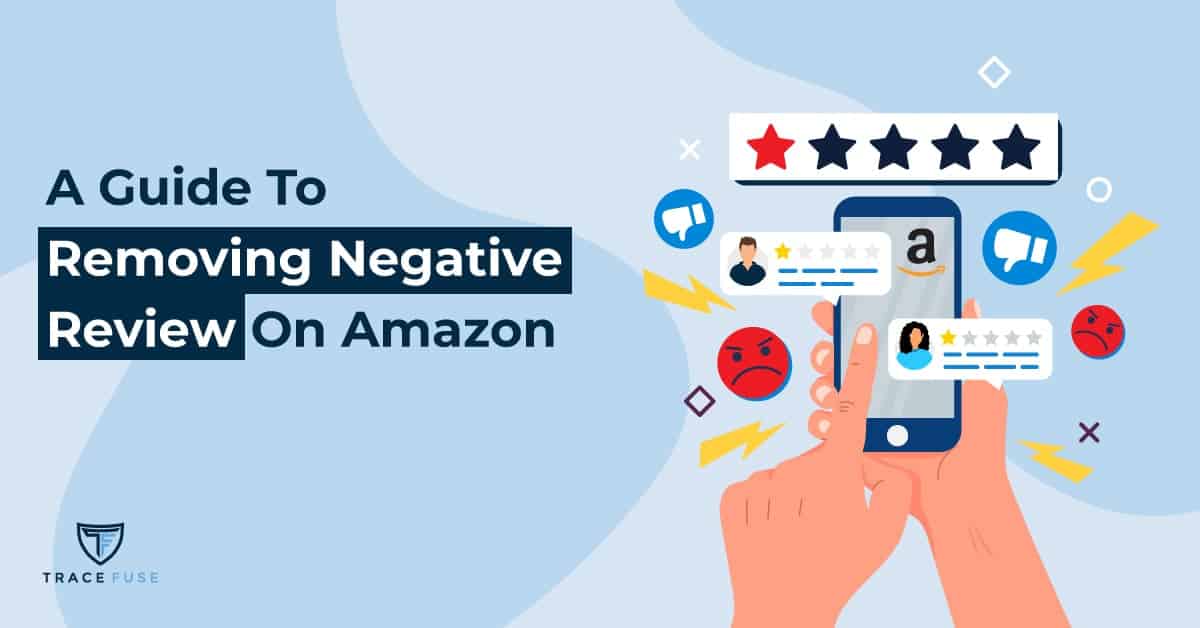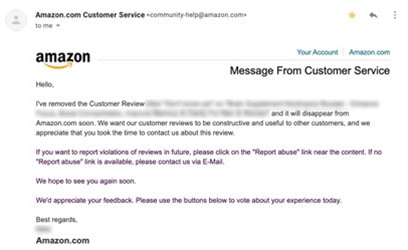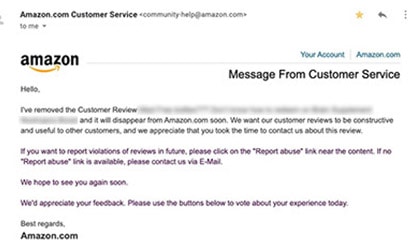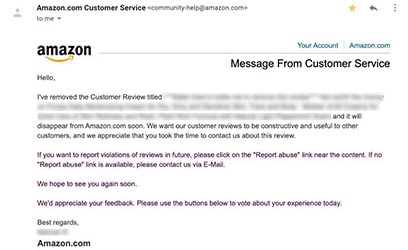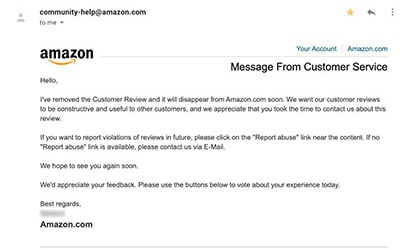When it comes to selling on Amazon, the Amazon Standard Identification Number, or ASIN, is where every product selling begins. ASINs differ from other unique product identifiers, in that they’re used exclusively by Amazon.
In this blog post we’ll take a look at the ASIN, the foundation of Amazon’s massive product catalog.
Contents
Structure of an ASIN
ASINs are 10-digit codes composed of letters and numbers. They’re generated by Amazon when product listings are created, and assigned to that product for inventory and tracking purposes.
Interesting tidbit:
Product ASINs were first designed in 1996 by Rebecca Allen, an Amazon software engineer, when it became clear that Amazon was going to sell products other than just books. She used the same 10-character format like that of the International Standard Book Number (ISBN) so that Amazon databases, which were designed to expect a 10-character ISBN field, would not have to be changed.
In fact, if you want a little more on that, Rebecca herself wrote a short blog on how she came up with and presented this idea.
Due to some internal back and forth at the time of their release, the first ASINs assigned for products started with the letter “B” (the letter “A” being used for something else), and began incrementing from there.
The counter started way back then at B000000000.
If you look in the browser address bar when you’re on an Amazon product page, you’ll see the ASIN for that product in the address, after the “dp” section.
Here’s an example:
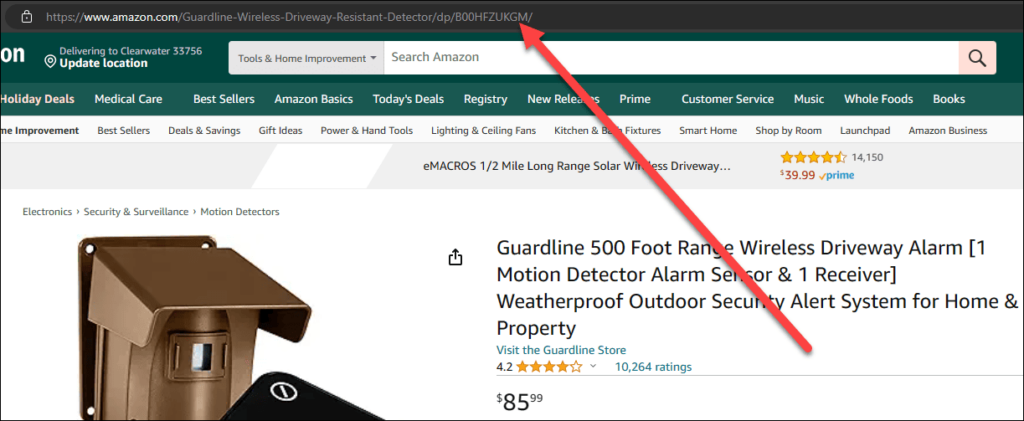
The product’s ASIN can also be found under Product or Additional Information on any product page.

The Role of ASINs in E-commerce
For Amazon sellers, the ASIN is central to their product listings. They are used for product code search and discovery across all e-commerce platforms.
If you sell products that you yourself didn’t add to the Amazon catalog – for example, you sell arbitrage (buying products in one market, selling them at a higher price in another) or wholesale (buying and selling products in bulk) – then you’ll use the ASIN already assigned to that product.
That ASIN is shared with every seller of the product.
If, however, you’re adding a product of your own creation, you’ll assign an ASIN that will be the unique identifier for that product.
You create a new ASIN when you add a new product listing. To add a new listing, in your Seller Central click on Catalog and Add Products:
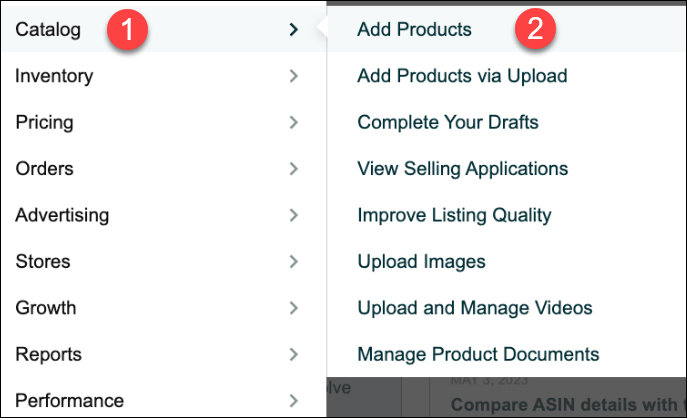
Follow the steps and click submit. Amazon generates the new ASIN as part of the listing creation. The new product listing along with the new ASIN will be shown in your Manage Inventory section.
ASINs streamline product identification for both sellers and buyers.
ASINs and Amazon SEO
Good Amazon SEO leads shoppers to your product listing. Coupled with good product descriptions, shopper visits lead to sales. ASINs, therefore, can be part of your SEO strategy. As each product is assigned a unique identifier, you can use that when increasing product visibility.
One way is through Sponsored Brands on Amazon.
Sponsored Brands (formerly known as Headline Search Ads) is an Amazon advertising option that displays ads when product searches are made on the Amazon Marketplace.
These are the brand ads seen in search results, consisting of:
- Your brand logo
- A custom headline, and
- A maximum of 3 products
They’re displayed automatically next to relevant Amazon ASINs, and as such can be an important part of your Amazon SEO.
See this useful article on how to maximize your ASINs with those ad types.
Challenges and Pitfalls
While vital and extremely useful as unique identifiers, when it comes to a user base as large as Amazon’s, issues can arise.
Duplicate listings can occur, for one thing. These are new ASINs created by Amazon sellers for products that already exist on Amazon. Duplicates are against Amazon’s terms of service. Such listings, whether in error or deliberate:
- Cause confusion for shoppers
- Reduce sales volume
- Open up the possibility of counterfeit products.
- Allow unverified sellers to market your product
- Divert sales and reviews from the original listing
Checking for duplicate listings can be done by searching for your European Article Number / Universal Product Code (EAN/UPC) numbers. These numbers are not typically visible in the product listing, but you can search them in the search bar. If you find multiple offers alongside yours, there are duplicates.
The good news is you can merge them with your own ASIN.
AMAZOWL has a great article that gives instructions for steps to take to remove duplicates.
Though challenges do occasionally arise, the ASIN system has withstood the test of time well, and will likely carry Amazon sellers far into the future.
Future Trends in ASINs
Will the trusty ASIN morph into something new?
Unlikely, at least in terms of usefulness as a unique method of product identification. Numerically, it’s still serving its purpose. However, with the dynamic e-commerce landscape, we might see new ways to use them? Or perhaps changes to ASIN standards and practices?
Amazon is constantly innovating, looking for ways to expand its reach. As well, they’re always looking for ways to make the shopping experience better. New technologies like Artificial Intelligence (AI) will come into play.
In fact Amazon is already working on an AI-powered search bar, set to launch as early as January 2024, which will offer improved, more personalized suggestions for searches, to include ASINs.
So what about the future? Predicting it is usually more clairvoyance than science, but with enough data one can make an educated guess. When it comes to ASINs two things feel very certain:
- The ASIN structure will likely remain unchanged for some time to come.
- The ways Amazon sellers are able to use ASINs will evolve, from competitor lookups to targeted advertising, bringing new offerings and better ways to sell.
Count on the Amazon ASIN to remain the foundation of Amazon’s mighty product catalog.
Conclusion
As the largest online marketplace Amazon has now been setting the standard by which others operate for nearly 30 years.
What Amazon does, others soon follow.
As the unique identifier for all products, the ASIN holds great significance across the global retail market. ASINs are used at every level of the e-commerce cycle, by Amazon sellers, shoppers, and 3rd-party providers alike.
Software tools, like our own TraceFuse, for example, use ASINs as part of the research and discovery process. In our case, our AI-driven software searches for ASINs with critical reviews and identifies those that are eligible for removal.
The ASIN, at least for now, is here to stay.
In need of a reliable solution to clean up your listings of negative reviews?
Contact TraceFuse today to protect, defend and grow your brand on the Amazon marketplace.

